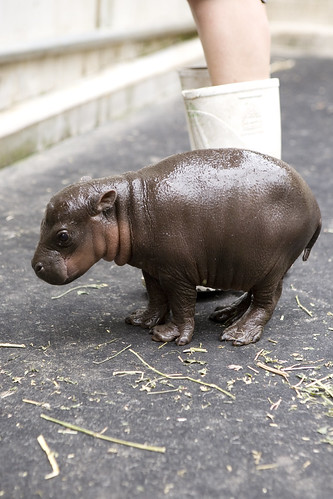While stem cell research funding remains bogged down and encumbered in the United States, other countries, most notably China, have forged ahead. Patients are travelling to foreign stem cell clinics, to try treatments not available in this country, whether they follow standard testing and clinical protocols or not.
Lab research with stem cells has been extremely exciting and suggestive of great potential, but the current artificially embargoed situation in the US and several other countries provides ground for less than scrupulous treatment centers.
Beike Biotech, in Shenzen and other cities in China, is one bio-technology company which offers stem cell treatments for diseases that are usually considered untreatable. Their site offers many testimonials from people who have been treated for conditions like Spinal Cord Injury, Autism, ALS, and brain injury, but little in the way of systematic followups. Reading their patient blogs, although very interesting, it is difficult to tell for any given patient exactly what was done beyond “injections of stem cells” and exactly what their outcome was after they left the clinic. Most of the blogs end one or two entries after leaving. Beike’s treatment philosophy is summed up in this paragraph from their website:
Continue reading
